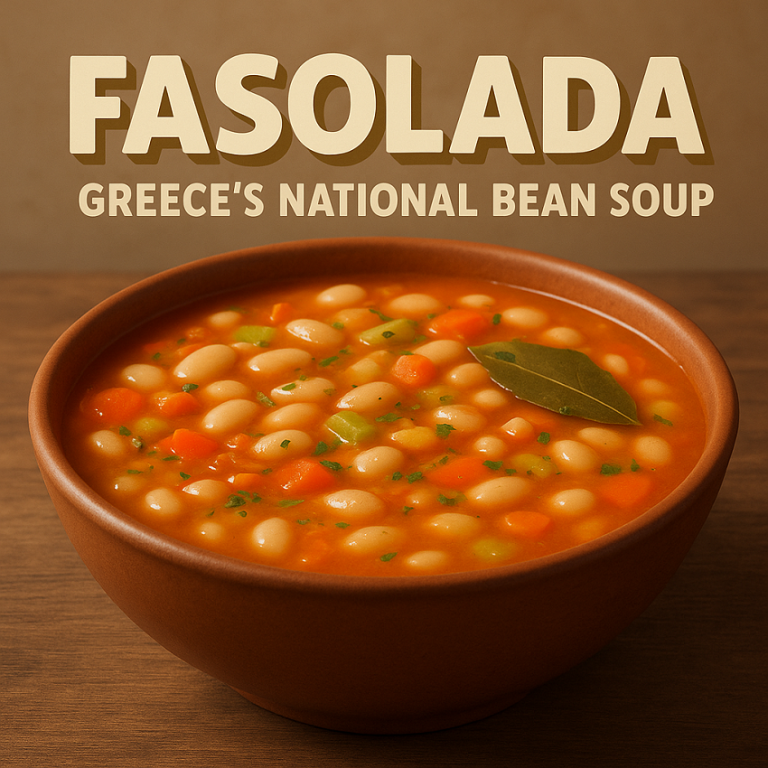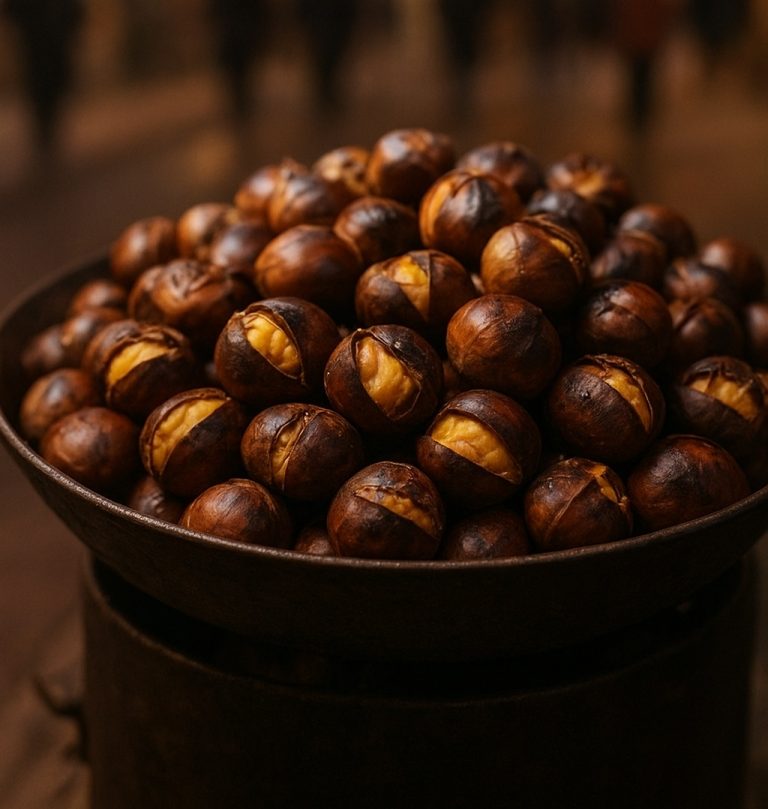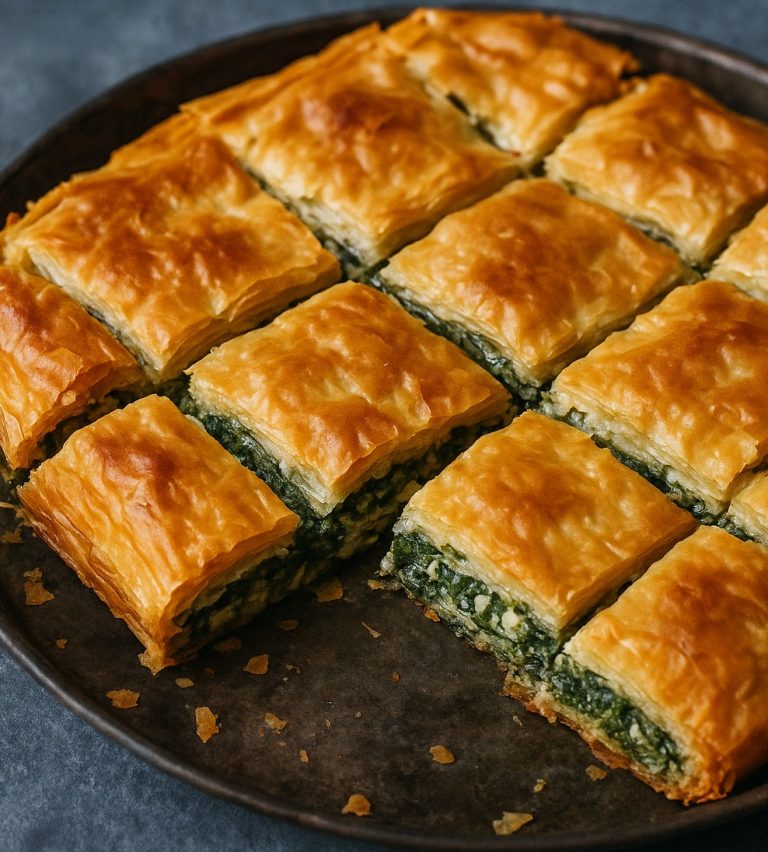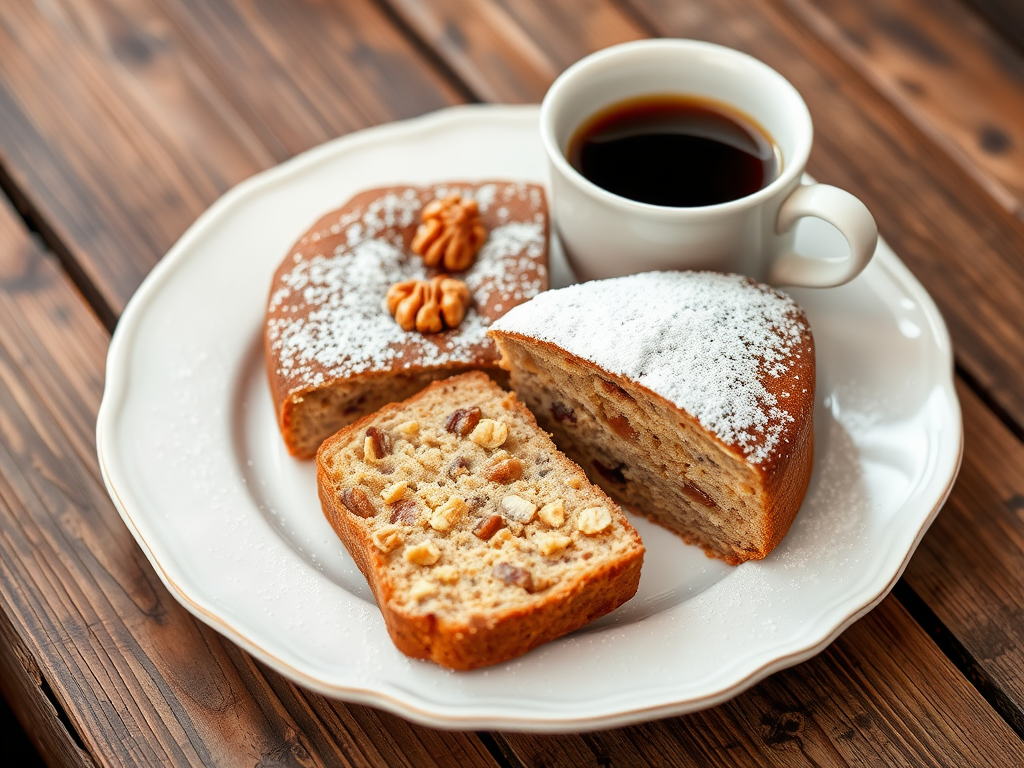
Karydopita, a delightful Greek walnut cake, is a beloved dessert that brings together rich flavors and a hint of tradition. This cake is not only a staple in Greek households but also a favorite during celebrations, holidays, and family gatherings. Its unique combination of ingredients and textures makes it a standout treat in the diverse landscape of Greek desserts.
Historical Background
The origins of karydopita can be traced back to the rich culinary history of Greece. Walnuts have been cultivated in the region since ancient times, making them a common ingredient in many traditional recipes. The use of nuts in desserts reflects the Mediterranean diet’s emphasis on wholesome ingredients. Karydopita represents not just a culinary tradition but also the way food brings people together, often served during festive occasions and gatherings.
Ingredients and Preparation
The primary ingredients of karydopita include:
- Walnuts: The star ingredient, providing a rich, nutty flavor and a satisfying crunch.
- Sugar: Adds sweetness and helps create a moist texture.
- Eggs: Bind the ingredients together and contribute to the cake’s structure.
- Flour: Typically all-purpose flour is used, though variations may include almond flour for a gluten-free option.
- Spices: Cinnamon and cloves are often included, giving the cake a warm, aromatic quality.
- Syrup: A sweet syrup, usually made from sugar and water, is poured over the cake after baking, infusing it with moisture and sweetness.
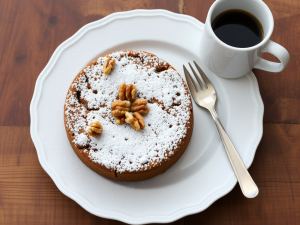
Detailed Steps to Make Karydopita
- Prepare the Walnuts: Finely chop or grind the walnuts. For added flavor, some people toast the walnuts lightly before using them.
- Mix Dry Ingredients: In a bowl, combine flour, ground walnuts, and spices. This ensures even distribution of flavors.
- Whisk Eggs and Sugar: In another bowl, beat the eggs and sugar until light and fluffy. This step is crucial for creating a light texture in the cake.
- Combine Mixtures: Gradually add the dry ingredients to the egg mixture, stirring until just combined. Be careful not to overmix, as this can lead to a denser cake.
- Bake: Pour the batter into a greased baking dish and bake in a preheated oven until golden brown. The aroma of baking walnuts and spices will fill your kitchen!
- Make the Syrup: While the cake is baking, prepare the syrup by boiling equal parts sugar and water with a splash of lemon juice for brightness. Cook until it reaches a syrupy consistency.
- Soak the Cake: Once baked, remove the cake from the oven and immediately pour the syrup over it. Allow the cake to absorb the syrup while it cools, which enhances its moisture and flavor.
Variations
While traditional karydopita is made with walnuts, there are numerous variations that incorporate other nuts, such as almonds or pistachios. Some modern recipes even include chocolate or dried fruits for added complexity. Additionally, some bakers experiment with the syrup, adding orange blossom water or rose water for a floral note.
Regional Differences
In various regions of Greece, karydopita might be made slightly differently. For example, in some areas, the cake is layered with a cream filling or topped with a chocolate glaze. Each variation reflects local tastes and traditions, showcasing the versatility of this beloved dessert.
Serving Suggestions
Karydopita is often served at room temperature, dusted with powdered sugar or accompanied by a dollop of whipped cream. It pairs wonderfully with a cup of Greek coffee or tea, making for a perfect afternoon treat. For special occasions, consider garnishing with candied orange peel or a sprinkle of crushed nuts for added texture and elegance.

Cultural Significance
In Greek culture, sharing food is an essential part of community and hospitality. Karydopita is often made for family gatherings, weddings, and religious celebrations, symbolizing joy and togetherness. The act of baking and sharing this cake reflects the warmth of Greek hospitality.
Conclusion
Karydopita is more than just a dessert; it’s a celebration of Greek culinary heritage. Its rich flavors and moist texture make it a favorite among many, and its simplicity allows for endless variations. Whether enjoyed at a festive gathering or as a sweet indulgence at home, karydopita is a testament to the joy of sharing good food with loved ones. The next time you savor a piece of this walnut cake, remember the generations of tradition that have shaped this delightful treat.
